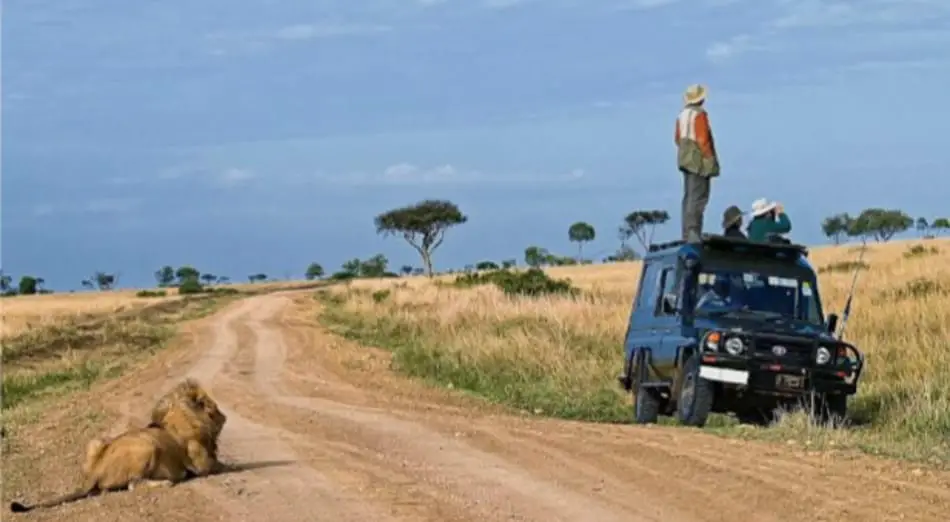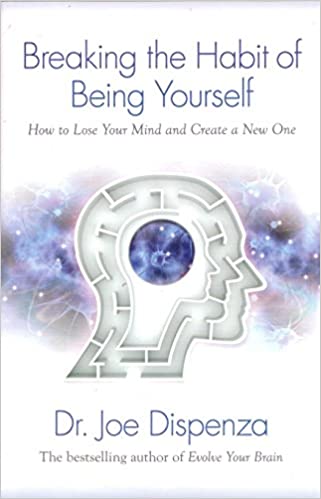There is a lot of confusion about what it truly means to be aware or experience consciousness, as well as confusion as to whether this is even obtainable by the average person. Images of spiritual leaders sitting cross-legged for hours have pervaded our culture. When we think about obtaining a calm, focused, even powerful thought process it is often seen as something that is outside of us, something that is greater than us, or something we are not worthy of. However, if we better understand awareness we see that tai chi and consciousness are inextricably linked. And without taking religion into consideration, tai chi teaches us how to access this amazing state.
The study of tai chi and consciousness are linked because the movements of tai chi transition a person mentally and physically towards the aware state described as consciousness. Both use environmental cues, the body, and a focus on the present to increase awareness and wellness and decrease anxiety, stress, and negative emotions.
What Being Aware is
This gets a bit deep for a minute. Hang with me because I will end with some concrete examples to bring the point home and help us understand why this is so important.
Awareness is re-introducing ourselves to a wide mental space that surrounds our thinking. For most of us, thinking is this space. Being aware is waking up to the fact that there is a huge vastness where our thinking happens, that is separate from our thoughts. This space, this awareness, feels like who we truly think we are. When we connect with it, we are happy. If we can stay with it for even a tiny amount of time, it hits us that our thoughts are something else – not – us.
An overriding quality is that it is a completely natural experience. It feels like the true you and it feels right when you are able to turn your thoughts off and hangout in it for a while. It is always there and always unchanging.
Being aware is a process of doing less not more
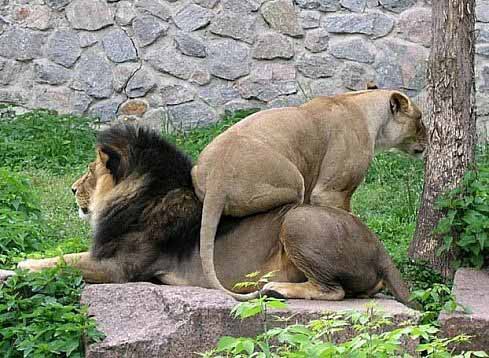
This is hard to believe: that you can do less and have greater results. It is easier to fill your time or energy with more activities/plans/organization apps/healthy foods, rather than doing less. The forward step is very familiar to us. Seeking, striving, changing. Always looking for peace, happiness, or love.
Taking control of your mind is actually a process of taking a step backward, not achieving or striving. Just sit for a second and contemplate whether or not what you want isn’t already there.
“I want a million bucks!” you say. And that definitely is not here. But why do you want a million bucks? Security? Happiness? Is that feeling here? Will a million bucks really give you that? Maybe. Contemplation while you are “aware” has a different quality to it than just regular thinking. Contemplation during awareness either gives you answers or action steps to get what you are after.
Being Aware is not inaction
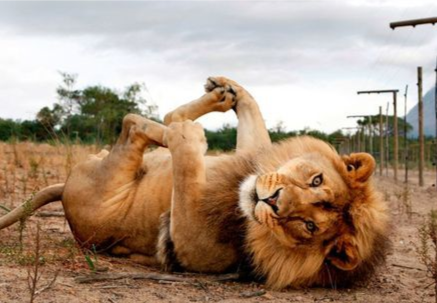
So…, you just sit there right? One of the greatest myths about mindfulness or conscious thought is that it leads to passivity or inaction. Most people pass through a period of doing less or doing nothing. But it is typically due to the waking up to how insane we have been acting. Seeing how packed our schedule is with stuff we hate, stuff we have busied ourselves with to avoid the difficult but impactful tasks, and stuff that is not aligned with who we are. This “stuff” stops when seen in the light of insanity. So in effect, mindfulness causes in-action. But, only temporarily to clear the schedule to be able to pursue what really matters. What happens in this big scary empty space? Creativity, epiphany, and deep thinking.
The goal of awareness is not to forget everything
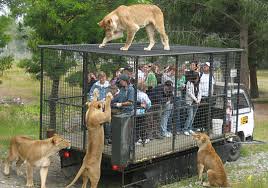
We want free and clear thought but we don’t actually want an empty brain. We need all sorts of practical knowledge to go about our day. Practical knowing is not the problem and not the thing we need to get rid of. It is what is arising around or behind this practical knowledge that is useful to us. Yes, you need to do things like book tickets for next week’s trip. But do you need to fret about it for the next 7 days? Do you need to get mad because you couldn’t apply your points to the flight?
Being aware means…
Seeing everything the other way around. Maintaining the practical knowing to do everything in our day that needs to be done, while becoming familiar with this quiet space that surrounds our thoughts. Because in this space lies the bandwidth to enjoy deep thinking, creativity, and deep meaning. Who wouldn’t want that? In order to maintain awareness or experience it as much as possible, let’s next take a look at what happens when we lose it and it goes away.
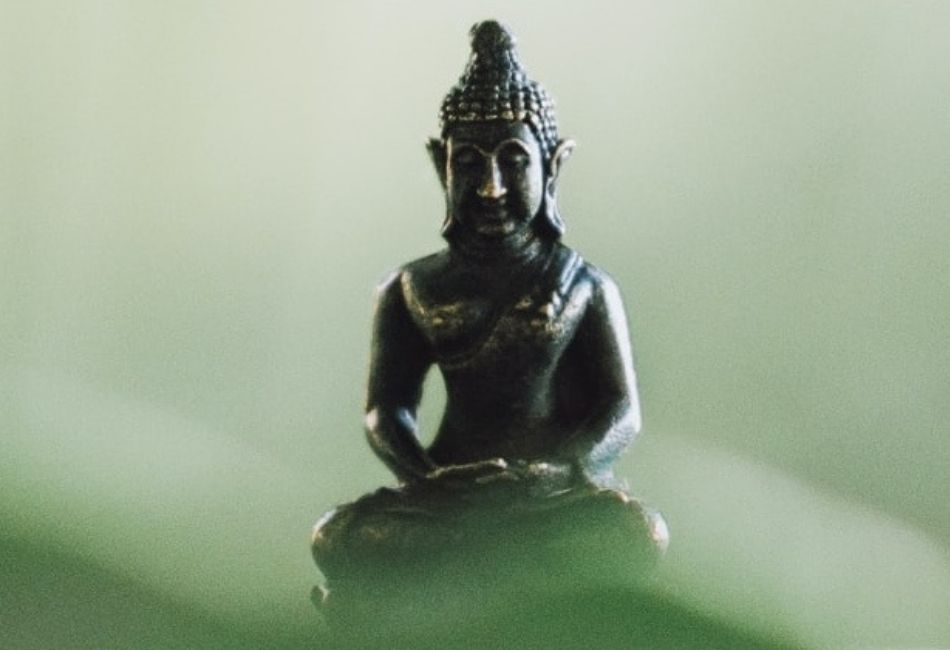
What is Consciousness?
20 years of tai chi, workshops, and meditation, and it dawned on me that I have never asked this question: What is going in life or tai chi when we lose consciousness?
Oh sure, I have tried to work out what consciousness is. Looking at my bookshelf or digging through old journals, it is obvious that I have been asking questions about consciousness, awareness, waking up, or being present for a very long time.
But what is actually going on when that oh-so-great feeling isn’t with us?
- What is being asleep?
- What is happening when our emotions take over us?
- Why do we lose awareness?
Secondly, and more important before diving in, why should we care?
This essay requires no political stance or specific belief system. You can be as stoic as a Minnesotan or as new-agey as a Woodstock attendee. Lose of consciousness is your life speeding by, probably not in the direction that you want it to. Unconsciousness is battling against the people, events, or circumstances in your life. Unconsciousness can also be resignation and dreaming of a past when “things were going well.”
Here’s the good news: by understanding what is going on when we are not feeling the best mentally-physically-emotionally we can bring those cycles to an end more quickly. And, while tai chi is not necessary to improve your life, tai chi and consciousness can be used together as tools to bring about immediate and continual change.
What is Loss of Consciousness?
In Breaking the Habit of Being Yourself, Joe Dispenza defines loss of consciousness as being taken over by:
- Environment
- Time
- Body
I really like this theory for a number of reasons. For one, it gives us signposts to look for to stop us from drifting back to old patterns or generally re-becoming someone we were not happy with. Secondly, this theory holds true when we flip the argument back again and inquire about its opposite: What is consciousness? A.k.a. What is flow? What is peace? What is contentment?
By studying environment, time, and the body we get clues as to how to experience more of the good times and creative space.
Being Take Over by Environment
Environment is the easiest to understand because it is so in-your-face and obvious. You are in a great mood and someone cuts you off while driving. Work is fun and then someone undermines you in front of your boss – again. The tire goes flat, the appliance breaks, the dog pees where he shouldn’t have, and you lose it. What is it? Presence, consciousness, your non attachment to what is going on around you.
Being Taken Over by Time
It’s late, you’re late. It’s taking too long, you don’t have enough time. You found out at the last minute, she didn’t give you a head’s up that it was due yesterday! You don’t want to do this for one second let alone all day, and time drags on. What are you doing during every excruciating minute? Of course, blaspheming whoever is making you do it.
Rarely are we surprised by time in a good way. Flights do get in early occasionally and our commute takes less time some days. Do we celebrate the extra time and use it for adding extra goodness to our lives? “Wow! I got to work 20 minutes early today! Let me take a walk around the block before heading in the door!” Not typically.
Being Taken Over by Body
It hurts. I’m tired. Man, my thinking is fuzzy. Let me get something to fix this body-thing – coffee, aspirin, food. There is usually complete disconnection until it’s fixed.
I’m not young enough, good-looking enough, the right weight – to be here. My self-consciousness will be my compete fixation until I am able to leave this beach-party-coffee shop-office. Let alone, probably the reason I feel bad across the next two days until I stop thinking about it.
Our self-perceptions aren’t limited to what’s on the surface. It is also incredibly difficult to stay connected when we do not feel up to the task, are worried about how you will be perceived, have self-doubt, or feel that you are simply not good enough.
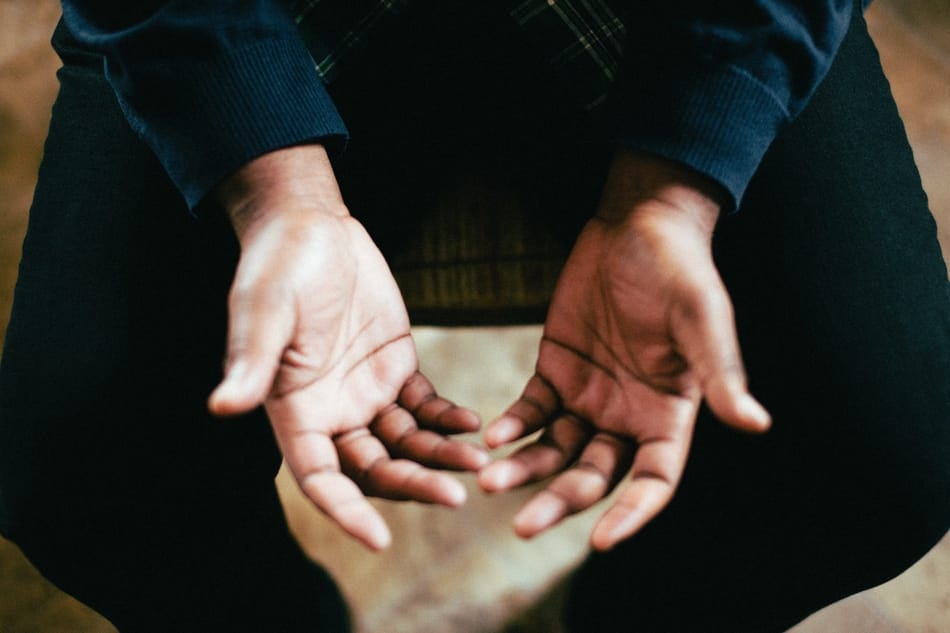
Tai Chi and Consciousness as Tools for an Improved Life
Tai chi has everything I believe to be true about Joe Dispenza’s thoughts built right into the form. By doing the tai chi form, we become hyper aware of our environment, body, and move slowly to illuminate a reliance on time. In essence, we are actively engaging the environment, body, and time. By bringing awareness to all three as we move through the form, we create contentment and health rather than being taken over by them subconsciously.
Here’s where things start to get interesting though. Sometimes when I was following Dispenza’s advice, I still got taken over by an event or emotion. For example, I was really upset about something that happened at work. When I actively thought about it to try to correct it, I got lost in the emotions and anger for a half hour or so as I relived the conversations in my head.
Overall, by examining the environment, time, and body we get a pretty thorough explanation of why and when we “disconnect.” This is step one: waking up to the fact that there are specific, predictable patterns that send us off course. Step two: What are yours?
Identifying Patterns That Make Us Lose Consciousness or Awareness
All of us have our own unique buttons to be pushed, triggers, or reasons we lose “it” from time to time. We all have situations or people that exhaust us mentally and rage on in our minds for hours or days well after the upsetting incident happened. So, what are yours?
Take a minute to identify at least one person or situation that causes you to be taken over emotionally or act in a way that might feel justified right now but regrettable in the future.
Back to Joe Dispenza and Breaking the Habit of Being Yourself. He presents a process for thoroughly describing the place, time, events, emotions, and reactions that occur. Then, identify the triggers, environment, time of day, people present that set them in motion. All of this can be accomplished during short meditation sessions.
After that you work towards:
- Staying present the next time it happens
- Imagining the event but changing the outcome to one you want
- Identifying what triggers set it in motion so that you can be aware the next time before it happens
This is where your tai chi and consciousness are linked. Have you ever had a “bad” night of practice where your mind was racing the entire time you were doing the form? This is the perfect place to let the mind and emotions rage on while we keep focusing on the body, breath, and relaxation. Two things happen: the emotions dissipate and we come back down to earth, and in rare moments when feel ourselves losing our presence, we can return to our breath, posture and focus on the body to end the cycle. It doesn’t matter if it is in the car, work, or middle of an arguement.
Breaking the Habit of Being Yourself instructs us to accomplish the same thing through meditation. I think it is a great read that can immediately be applied to the tai chi form. If you are interested in learning meditation to apply it there you can learn how to meditate yourself into a great state of being before working through the challenging thoughts. Getting on the path towards consciousness is also one of the many benefits of tai chi.


